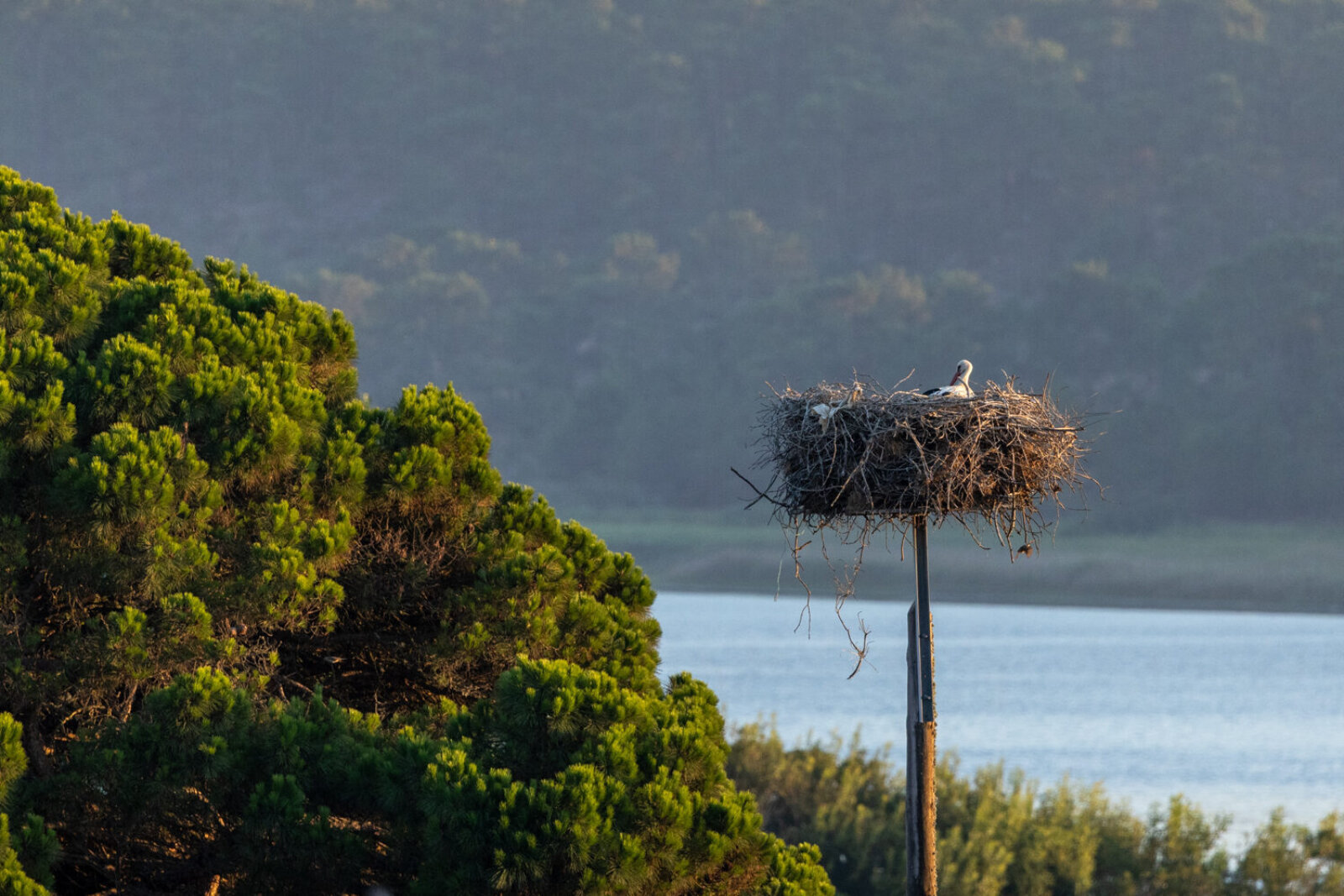Biophilic
Design
Biophilic
Design
Biophilia is the innate human tendency to seek out meaningful connections with nature and other living things. The concept was popularised by Edward O.Wilson, in his book of the same title, where he suggests that this connection is an inherent part of human nature, shaped by evolution.
The modern world has constructed many obstacles to the beneficial experience of nature and our connections to the natural world are frequently impoverished. The natural habitat of many people has become the indoor built environment, however, ‘the need for beneficial contact with nature continues to be critical to people’s health and fitness’ (S. Kellart and E. Calabrese, The Practice of Biophilic Design).
Words: Edward Workman
Photo: Ben Addy
Biophilic design seeks to address these concerns, by adhering to principles established as fundamental conditions for ensuring nature and our relationship with it, is prioritised within contemporary building and landscape design.
The successful application of biophilic design is ultimately reliant on an immovable belief that nature is good for us, and its preservation critical to a healthy, productive and meaningful human existence. By combining a deep respect for nature, a commitment to protect and encourage natural ecosystems, and biophilic design, cor_projects are pioneering a new breed of experiential development.
The principles of biophilic design:
1. Environmental features
Incorporation of, or sensitivity towards, natural features, materials or characteristics.
2. Natural shape and forms
Representations or simulations of natural organic forms and shapes externally or internally within buildings.
3. Natural patterns and processes
Incorporation of naturally occurring properties, such as variations in light and sound, changes in material qualities, connecting rhythms and patterns.
4. Light and space
Use of natural and filtered daylight, the interplay of light and shade, and the manipulation of light to create shape or visual feature. Links between interior and exterior – openness, diversity and harmony.
5. Place-based relationships
Physical and emotional link between culture and ecology. Geographical and historical features, local ecosystems, cultural elements, materials, and landscapes.
6. Evolved human-nature relationships
Focus on fundamental aspects of relationship with nature. Safety and protection, balance of variety and regularity, fostering curiosity and exploration, attachment and attraction.
